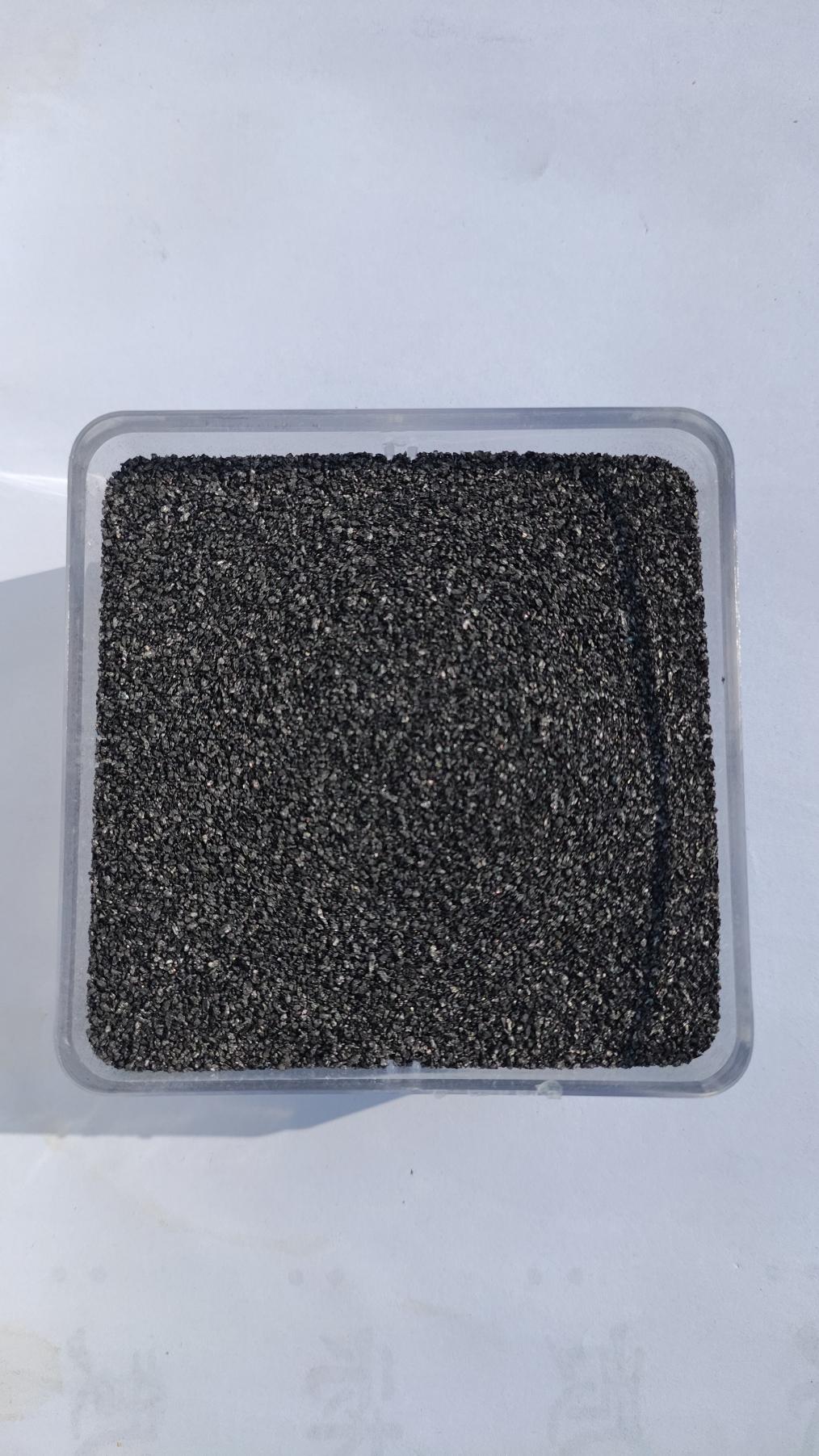Ное . 07, 2024 20:32 Back to list
Exploring Effective Thermal Insulation Solutions for Sustainable Building Design
Thermal Insulation Materials in Buildings
Thermal insulation is a critical aspect of building design that significantly impacts energy efficiency, indoor comfort, and environmental sustainability. As energy costs continue to rise and concerns about climate change grow, the importance of selecting appropriate thermal insulation materials becomes increasingly paramount. Effective insulation not only helps maintain desired temperatures but also plays a crucial role in reducing energy consumption and greenhouse gas emissions. In this article, we will explore various types of thermal insulation materials commonly used in buildings, their properties, applications, and the benefits they offer.
Understanding Thermal Insulation
Thermal insulation works by minimizing heat transfer between different areas of a building. This can be achieved through conduction, convection, and radiation, which are the primary modes of heat transfer. A well-insulated building can significantly reduce heating and cooling costs by keeping warm air in during winter and hot air out during summer. As a result, the choice of insulation material is vital for achieving energy-efficient buildings.
Types of Thermal Insulation Materials
1. Fiberglass Insulation One of the most common insulation materials, fiberglass is made from tiny glass fibers and is available in batts, rolls, and loose-fill forms. It is non-combustible, resistant to moisture, and cost-effective. However, proper installation is crucial to prevent gaps that can reduce its effectiveness.
2. Foam Board Insulation This type of insulation is made from rigid panels of polystyrene or polyisocyanurate. Foam boards provide excellent thermal resistance and can be used in various applications, including exterior walls, basement walls, and roofs. They are lightweight and easy to install, making them a popular choice for builders.
3. Spray Foam Insulation Comprising polyurethane foam, this insulation expands upon application, creating an airtight seal that effectively prevents heat loss and air leaks. It is ideal for irregularly shaped spaces and offers superior R-value (a measure of thermal resistance) compared to other materials. However, it can be more expensive than traditional insulation options.
4. Cellulose Insulation Made from recycled paper products treated with fire retardants, cellulose insulation is an eco-friendly option. It can be blown into walls and attics, providing effective air sealing and thermal resistance. Its environmentally friendly nature appeals to those looking to reduce their carbon footprint.
5. Mineral Wool (Rock Wool) Insulation This material is made from natural or recycled stone and is highly fire-resistant. It provides excellent thermal and acoustic insulation and is suitable for a variety of building applications. Mineral wool is also resistant to moisture and pest infestations.
thermal insulation materials in buildings

6. Reflective or Radiant Barrier Insulation Typically used in attics, radiant barriers reflect radiant heat rather than absorbing it. They consist of a sheet of reflective material, usually aluminum foil, and are most effective in hot climates where cooling costs are a concern.
Benefits of Using Thermal Insulation Materials
The benefits of using appropriate thermal insulation materials extend beyond energy savings
- Energy Efficiency Proper insulation minimizes the need for heating and cooling systems to work harder, leading to reduced energy consumption and lower utility bills. - Comfort Insulated buildings maintain stable indoor temperatures, enhancing occupant comfort throughout the year.
- Noise Reduction Many insulation materials also provide acoustic insulation, reducing noise transmission between rooms and from outside.
- Environmental Impact By lowering energy consumption, effective insulation contributes to a reduced carbon footprint. Many modern insulation materials are also made from recycled or sustainable sources.
- Building Longevity Insulation can help protect building materials from the effects of temperature fluctuations, moisture, and condensation, ultimately prolonging the lifespan of the structure.
Conclusion
In conclusion, thermal insulation materials play a vital role in the efficiency and comfort of buildings. As the demand for energy-efficient and sustainable construction practices continues to rise, understanding the various insulation options available becomes essential for architects, builders, and homeowners alike. Choosing the right insulation material not only leads to economic benefits through reduced energy costs but also contributes positively to the environment by decreasing overall energy consumption and greenhouse gas emissions. Investing in quality thermal insulation is a step towards creating a more sustainable future in the building industry.
-
High-Quality Fe-C Alloy Leading Manufacturers & Spherical Alloy Materials Supplier
NewsJun.10,2025
-
Premium Low Nitrogen Recarburiser Supplier & Manufacturer – High Quality Exporters
NewsJun.10,2025
-
DT4 High-Quality Magnetic Materials Leading DT4 Manufacturer & Supplier
NewsJun.10,2025
-
High-Performance Spring Steel Suppliers Custom Solutions
NewsJun.10,2025
-
Premium SWRCH6A Manufacturer Steel Wire Supplier & Factory
NewsJun.10,2025
-
Premium Mild Steel Wire Rod Supplier & Manufacturer
NewsJun.10,2025
